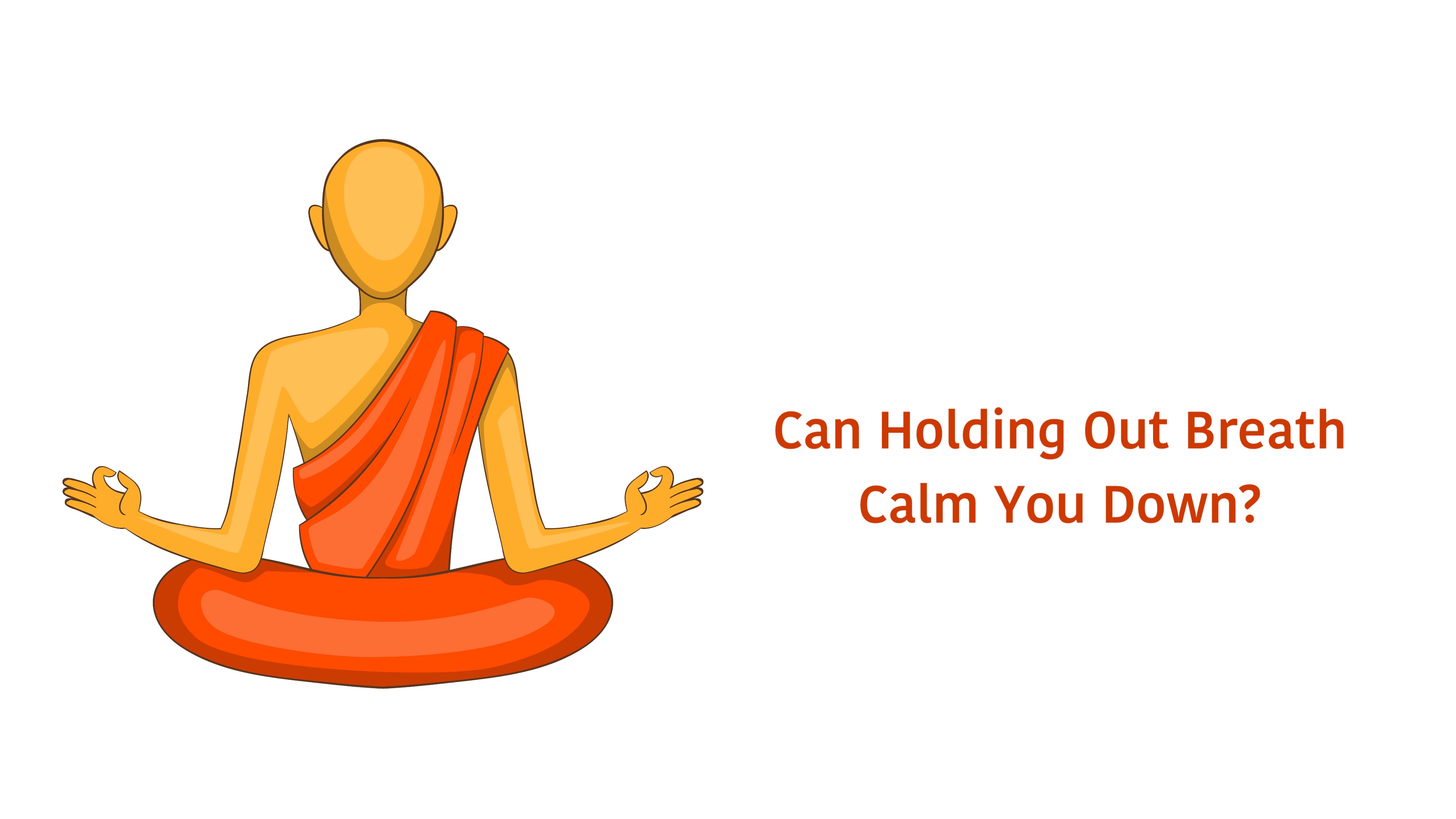
Can Holding Out Breath Calm You Down?
3 years ago By Yogi AnoopCan Holding Out Breath Calm You Down?
The act of expelling Pranavayu or breath and holding it out stabilizes the mind. This is what Maharishi Patanjali says in his yoga philosophy. Let's try to understand it deeply. The sage talked about stopping the breath. Let's talk about what it means to have the stillness of mind by stopping the breath. Normally, when the breath is stopped by forcibly exhaling, then the obstacles that remain in Pranavayu are eliminated. It is like a person trying to clear the stomach by applying a lot of pressure and force to the stomach due to constipation. Note that for detoxification, there may be a lot of coercion for a few days and months, but this is not the basic nature of the body.
In my own experience, too much force is not good for detoxification, detoxification done with too much force and pressure may not give much rest and peace to the brain. There is no sense of natural satisfaction in the mind. Because the mind has to work very hard for detoxification. In the same way, if the exhalation is stopped for a long time, then the detoxification of the lungs and many other parts of the body takes place, but the biggest problem is that the inner self does not get natural satisfaction.
Self-satisfaction always comes from the cognitive rhythm of the mind-brain, but if there is too much coercion with the bodily organs, then the mind does not have an intimate relationship with the body.
When the seeker starts tinkering with the breath without thinking, then neither his organs are satisfied nor he is. He is forcibly doing action with the subtle parts of the body, due to which it is natural for him to show frustration in future.
It is impractical to give too much jerk to the subtle organs of the body, lungs etc. If there is any kind of disease in the lungs, the actions of prevention and lengthening of pranayama can be done in it, due to which it attains a healthy state, but in self-sadhana, it is not appropriate to flap the lungs anywhere. Seen from a subtle experience, Pranayama is not just the exercise of the lungs. The basic meaning of Pranayama is to train oneself through the actions of the lungs.
Pranayama is done to create rhythm and control in the mind and not the lungs. The practitioner does not strengthen the lungs, the fact is that he creates his own rhythm. The breathing activity can be mimicked in the lungs through artificial means as well. Several animals do many tricks to take deep breaths, but it does not mean that they have got the knowledge. In pranayama, the practitioner tries to understand himself through the lungs. He understands his movement and nature because he understands himself and not the lungs. He is not a doctor who is studying lungs. Its main purpose is to satisfy itself by understanding itself.
A person looks at a mirror to see himself in it and not to see the mirror. In the same way, lunges are not exercised for the lungs. When a person starts controlling the lungs unnecessarily, then self-satisfaction ends, as well as the possibility of getting diseases in the lungs in future also becomes very strong. When a person understands himself more, then he becomes calmer.
But in the initial practice, I advise my seekers to do this type of pranayama for physical detoxification for a few months. After a few days and months, there is a turn towards the cognitive direction so that the truth is realized and the mind can be completely calmed.
Recent Blog
Copyright - by Yogi Anoop Academy
